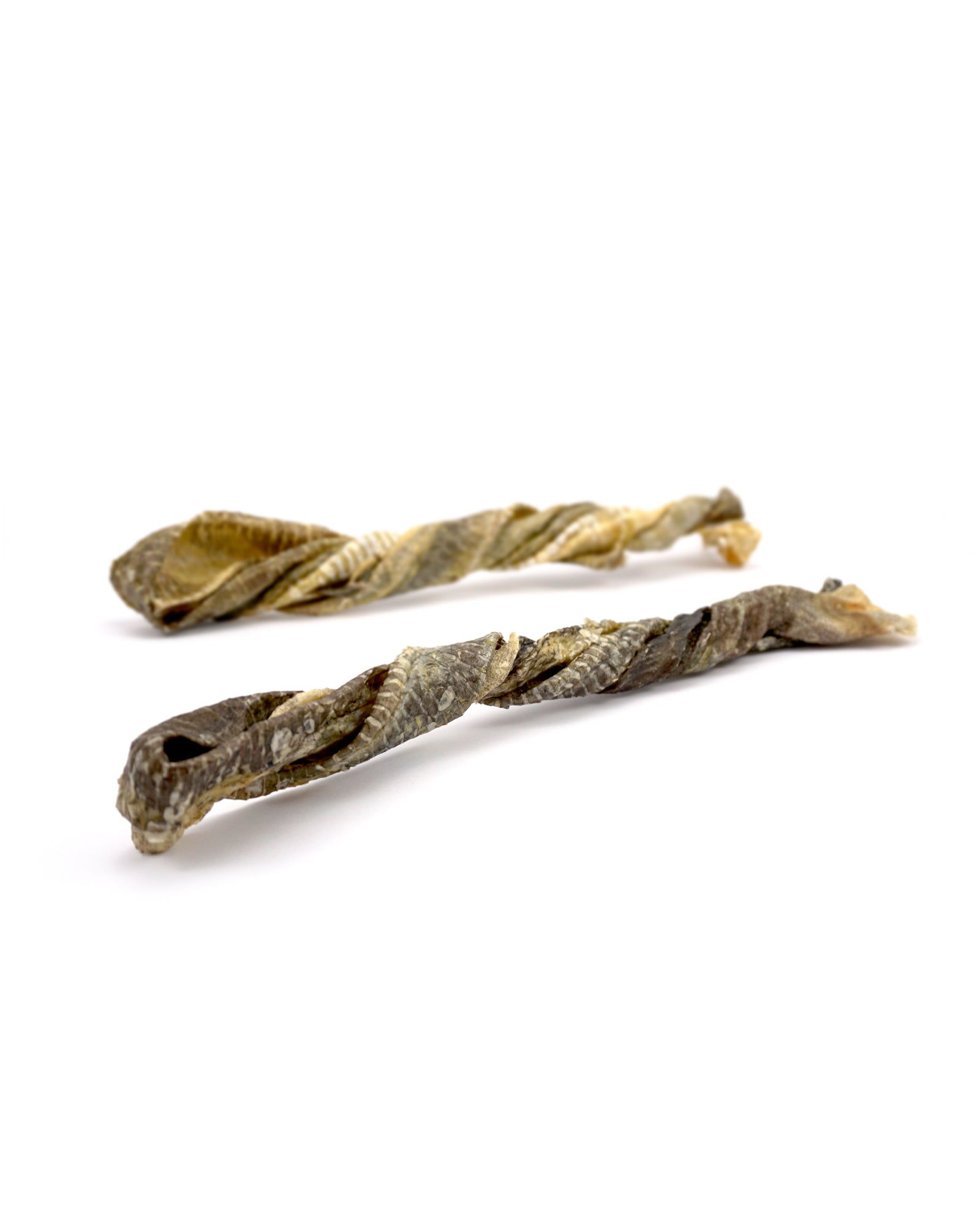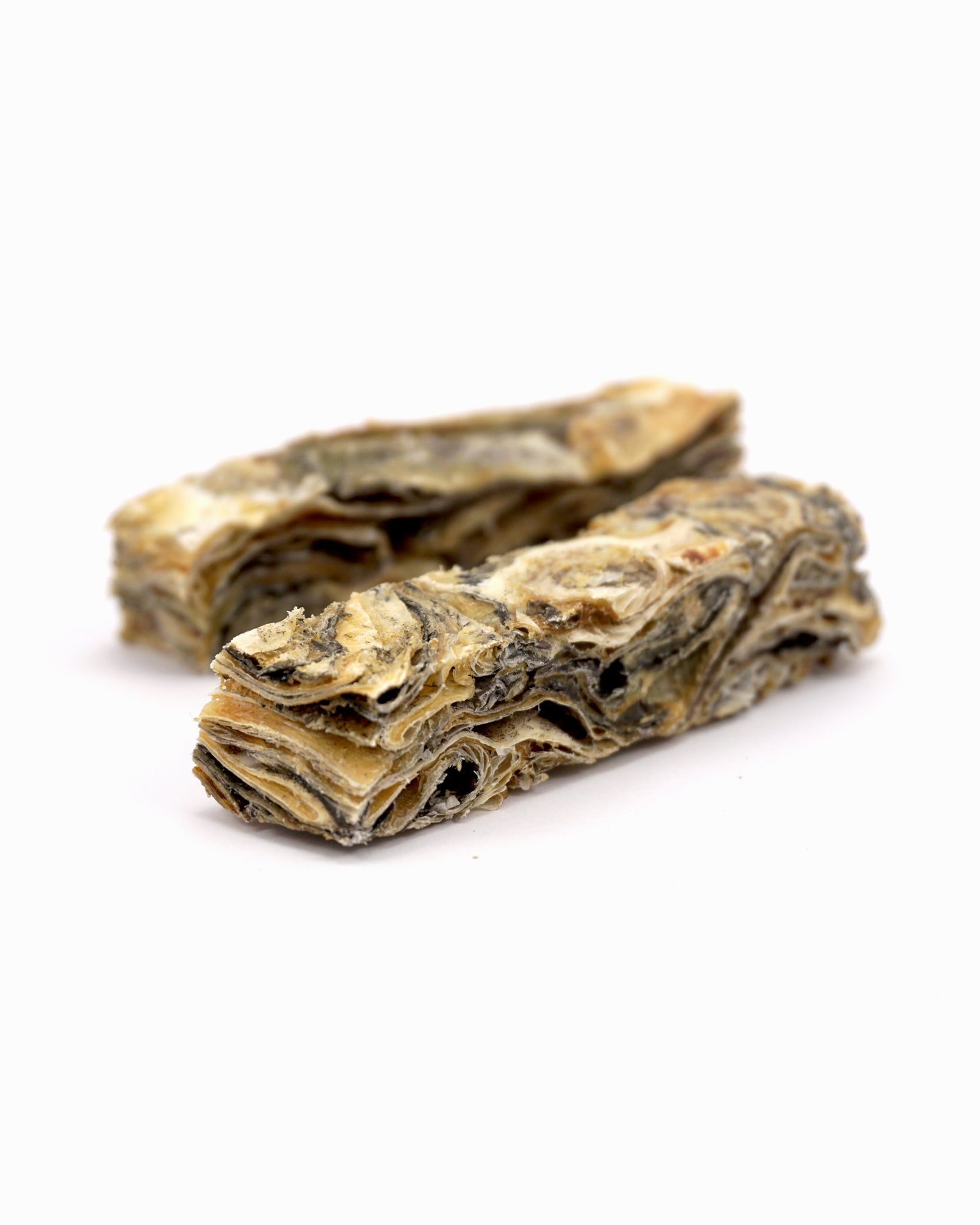Do Dogs Get Jealous? | Signs, Causes & How to Manage it
Written by Crystal Moore | Last updated 20/09/24

Jealousy is a normal feeling that many humans experience at some point in their lives. Jealousy can be made up of a range of emotions and usually emerges when we desire something someone else possesses. Overall, as humans, we can get jealous over a lot of things.
As someone with a furry bundle of joy, you may have noticed your dog barking at another dog or acting differently, almost as if they're jealous that you're interacting with the other dog or person. A bunch of thoughts can pop up, such as, do dogs get jealous, or is their behaviour due to something else? If so, could their behaviour be a form of jealousy similar to human experiences?
Do dogs get jealous?
To our knowledge, yes! A study from the University of Auckland published in 2021 tested 18 dogs to see if they showed evidence of jealousy. The 18 dogs were shown their owners interacting with a hidden fake dog versus a visible inanimate object. How much the dog pulled was one of the factors measured to help determine whether a dog was showing jealousy.
The results of the study found that the dogs reacted a lot more to the fake hidden dog than the inanimate object, and to solidify that the dogs believed the fake dog to be real, 93.3% of the dogs sniffed the fake dog. These findings supported the study that the dogs were presenting jealousy rather than envy. This is because the behaviour was driven by their owner's attention to a perceived social rival (the fake dog).
In a 2018 study, Judit Abdai and other researchers found similar results, suggesting that dogs exhibited more jealous behaviours when they saw their owners reacting to a social rival versus a non-social rival.
Nonetheless, one dog's jealous behaviour can differ from another. Factors such as the breed, personality and relationship with the dog's owner can change how they present jealous behaviours.
Why do dogs get jealous?
Researchers believe that dogs get jealous when they believe something or someone might be a threat to their social bond with their owners or something they favour or value. Behaviours such as barking, aggression, whining or moving towards their owner may be displayed as a show of jealousy when the dog feels the relationship or valued resource is at risk.
New pet
When a new pet is introduced into your household, whether that is a new puppy, a new cat or a rescued adult dog, your dog may feel their place in the house is threatened and that your love and affection could go to the new pet rather than themselves.
You may find that your dog growls, barks or tries to put themself between you and the new pet. This display of aggressive behaviours can worsen if gradual introductions and appropriate training aren't used. Alternatively, some dogs may not show any aggressive behaviour at all and may, in fact, seek more attention from you. Although this is more subtle, it is still important to train and help put your dog's feelings at ease.
New baby, child or family member
Similarly to when a new pet is introduced into the household, a dog's jealousy can be triggered when a new family member joins. This can be a new baby or a new partner. It's natural that more of your attention, especially with new babies or children, gets directed towards them, which enforces the dog's thoughts that they're being replaced and their bond with you is at risk.
Interaction with another pet or human
Some dogs can show signs of jealousy even when you interact with someone or another pet that is outside of your household.
New home
Moving homes can be a big ordeal. Not only is it a completely new environment, but there are a lot of boxes to unpack, furniture to build and possibly a lot of painting and renovating. These activities can take up a lot of time, therefore reducing the amount of attention you are giving to your dog.
This can be very overwhelming for dogs, and, in turn, make them feel jealous simply because you are not giving them enough attention or, rather, giving attention to these strange new walls and boxes.
Signs your dog is jealous
There are various signs that indicate your dog is jealous. Some of these signs can be very obvious, along with the trigger however, some signs of jealousy can be subtle and easily dismissed.
Vocalisations
If you are paying attention to another dog, your dog may bark or growl at the dog to try to separate the two of you. Additionally, you might hear your dog whining as a way of expressing frustration.
Interruptive movements
In the same scenario of you interacting with another dog, your dog may put their body between you and the other dog, or your dog may nudge or paw at you.
Destructive behaviours
A jealous dog might act out by chewing on furniture and personal possessions. These items may even be connected with the source of their jealousy.
Marking
This isn't a common response however, in more extreme cases of jealousy in dogs, you may find your dog has gone to the toilet indoors. This is most likely them marking an area or separate areas of your house to display dominance.
Ignorance
If your dog feels like they're not receiving enough attention, they may start to become uncooperative by ignoring commands or not participating in training sessions.
Excessive affection
In scenarios where a new dog or person is introduced, your dog might show extra affection, such as cuddling or licking you excessively. This extra attention might be a way of competing with the dog or person that your dog sees as a threat.
How do I manage my dog's jealous behaviours?

Understanding what triggers your dog from becoming jealous is the first step in addressing your dog's jealous behaviours. Knowing how to handle jealousy is crucial in preventing harm and damage to your dog, others and your home.
If aggressive behaviours are already present, this can be dangerous if overlooked, and with matters of destructive behaviours, this can be a hassle and become expensive when items need replacing.
Not only is it best for yourself and others, but it is best for your dog's well-being when you take steps to tackle the source of their jealousy and behaviour.
Slow introductions with new members of the household
Introducing other dogs or people to your dog should be done gradually. This would be done in a controlled environment, allowing both parties to slowly get to know one other. The meeting can be done in a room in your house or in a neutral place, such as the park. Monitor your dog's reaction. If they are being introduced to another dog, it is important to monitor the other dog's reaction as well. The aim is for them to both be comfortable with one another.
Remember to redirect negative behaviours such as growling or barking and introduce positive reinforcement by rewarding your dog with a treat or toy when positive behaviours are displayed.
In some instances of introducing a new dog to your current dog, some owners keep the dogs separate with a door between them. This allows them to sniff and get familiar with one another before they are introduced face to face.
Providing equal attention
For instances where you're moving house or a new person or pet has been introduced, your attention will most definitely have to be split. To prevent your dog from becoming jealous, or if your dog is already showing jealous behaviours, it's crucial to make sure that your attention is split equally. This can help your dog feel at ease and not threatened that their bond with you is at risk.
Training
With big changes or new additions, it's essential that you consistently work on your dog's obedience training, not only during this time but throughout their life. If your dog knows commands such as "leave it", "stay", "sit", and "bed", this can really help with establishing your leadership and allow you to manage scenarios in a safe and controlled manner.
Furthermore, do not reward your dog when they display any sort of jealous behaviour, such as whining. This is especially important straight after they have been triggered. By rewarding this behaviour, you are reinforcing that they will be able to get your attention (which is what they're seeking) when they perform that behaviour. When addressing negative behaviours, usually the first course of action is to redirect the behaviour to something more suitable. However, your presence or reaction might be what's rewarding them in this situation, and it is often more effective to ignore them and possibly remove yourself from the situation (e.g., walking out of the room).
If your dog performs a desired behaviour such as "leave it", make sure to immediately reward them with a treat, praise or a toy to reinforce the desirable behaviour.
Finally, it is crucial that you maintain consistency with your training to avoid confusion for your dog.
Establishing a consistent routine
It's understandable that things can happen, and our routines can change slightly or drastically. Unfortunately, these changes can lead to confusion for our dogs. Due to the changes and their own confusion, they might feel like you're not giving them enough attention or that something or someone else is getting more of your attention that before. Your dog might temporarily feel this way as the get use to the new routine, however, during this period it is important that you ignore or redirect any jealous behaviours that your dog exhibits. Ultimately, maintaining a consistent routine can help to prevent your dog from becoming confused or jealous.
When to get professional help
Seek help from someone such as a professional dog behaviourist when training and your own efforts (gradual introductions, consistent routine and equal attention) aren't enough for your dog's jealous behaviours to improve. Additionally, it's crucial to seek professional help when aggressive behaviours such as baring teeth and biting are present. The last thing you want to happen is for your dog or any other party to get hurt.
The professional will be able to offer guidance that is tailored to you and your dog. This can consist of developing a behaviour modification plan that will address any underlying issues that could be contributing to your dog's jealousy.
Frequently Asked Questions
Is my dog jealous or territorial?
To differentiate between jealousy and territorial behaviour you should observe your dog's behaviour at different times. Jealousy typically revolves around protecting their bond with you and seeking your attention, whereas territorial behaviour is focused on defending their space or food from a perceived threat, like another dog.
What breeds of dogs get jealous?
All breeds can show signs of jealousy. However, the intensity can differ between breeds, as signs of jealousy can be more noticeable in breeds with strong attachment bonds. For example, Border Collies, Labrador Retrievers, and Poodles have strong attachment bonds.
Do dogs get jealous of cats?
Yes. Dogs can get jealous of any pet, including cats, if they feel that their bond with you is at risk.































